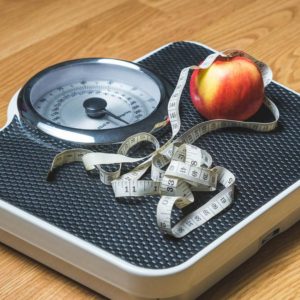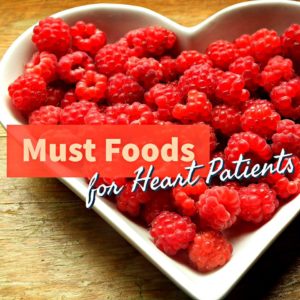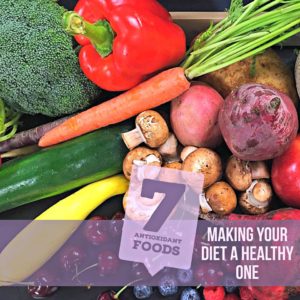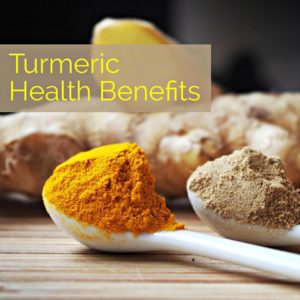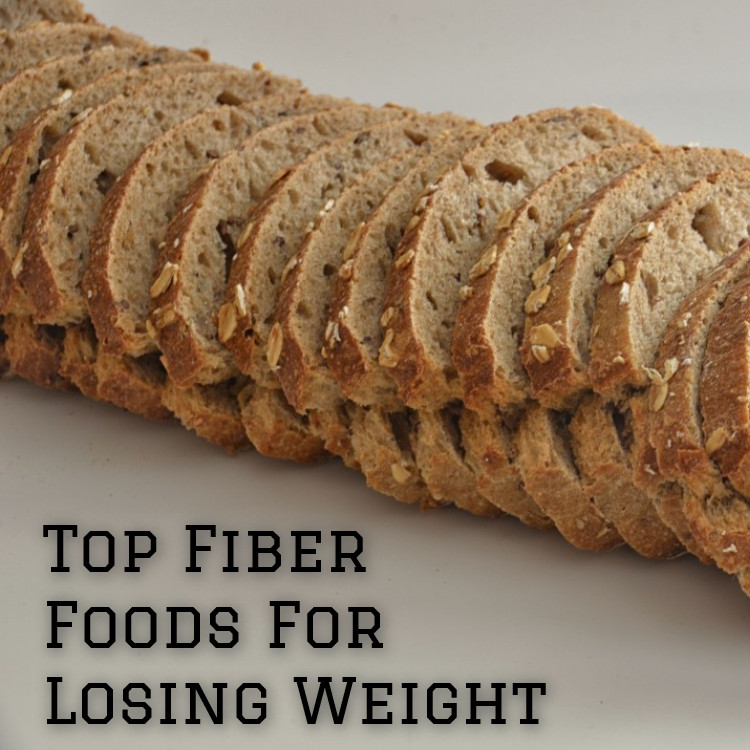
Despite its popular association with trips to the restroom, fiber is no joke. The benefits of an efficient bowel aside, a high-fiber diet can also reduce the risk of stroke, hypertension, and heart disease. Unfortunately, fiber consumption is currently at an all-time low. When it comes to losing weight, one simple piece of advice may be more helpful than all the diet books, calorie counting, and portion measuring put together: Eat more fiber. Why fiber? High-fiber foods often require more chewing and may take longer for your stomach to digest.
Problémy s dosiahnutím alebo udržaním erekcie môžu ovplyvniť kvalitný život každého muža. Tieto ťažkosti sú často spojené s psychickými alebo fyzickými faktormi, ktoré si vyžadujú odbornú pomoc. V súčasnosti existuje množstvo dostupných liekov a alternatívnych riešení, ktoré môžu pomôcť zlepšiť sexuálne funkcie. Mnoho mužov sa obracia na online obchody, aby si zabezpečili potrebné výrobky. Viac informácií a možností nájdete na slovenska-lekaren.com/.
A recent study found that people who added more of it to their diets without changing anything else lost almost as much weight as people who followed the heart-healthy, low-fat eating plans recommended by the American Heart Association. Dietary fiber is also known as “roughage” and it’s an essential nutrient required for proper digestion, a healthy digestive tract, and it also helps you to stay full for a longer time. A lack of fiber in your diet can lead to constipation, hemorrhoids, and spiking of blood sugar and cholesterol levels. On the other hand, too much fiber can lead to a bowel obstruction, diarrhea, or even dehydration. With that in mind, individuals who increase their intake of fiber should also increase their intake of water. High fiber foods include bran, broccoli, cabbage, berries, leafy greens, celery, squash, beans, mushrooms and oranges. The current daily value (DV) for dietary fiber is 25 grams.
Below is a list of high fiber foods,
- Be a “Bran Wagon”
One effortless way to increase fiber intake is to power up on bran. Bran from many grains is very rich in dietary fiber. Oat bran is high in soluble fiber, which has been shown to lower blood cholesterol levels. Wheat, corn and rice bran are high in insoluble fiber, which helps prevent constipation. Bran can be sprinkled on your favorite foods – from hot cereal and pancakes to muffins and cookies. Many popular high-fiber cereals and bars are also packed with bran.
| Food | Portion | Amount of Fiber |
| Oat bran, raw | 1 ounce | 12 g |
| Wheat bran, raw | 1 ounce | 12 g |
| Corn bran, raw | 1 ounce | 22 g |
| Rice bran, raw | 1 ounce | 6 g |
| Fiber One Bran Cereal | 1/2 cup | 14 g |
| All-Bran Cereal | 1/2 cup | 10 g |
| Fiber One Chewy Bars | 1 bar | 9 g |
Arthritis management
- Sweet Peas
Regardless of peas beeing green or dry, they are naturally chock full of fiber. In fact, food technologists have been studying pea fibers as functional food ingredients. Clients can make the most of the fresh and dried peas in soups, stews, side dishes, casseroles, salads and dips.
| Food | Portion | Amount of Fiber |
| Cow peas (blackeyes), cooked | 1 cup | 11 g |
| Pigeon peas, cooked | 1 cup | 9 g |
| Peas, split, cooked | 1 cup | 16 g |
| Peas, green, frozen | 1 cup | 14 g |
[sociallocker id=”25″] Click To Read[/sociallocker]
- Brassica or Bust
Brassica vegetables have been studied for their cancer-protective qualities associated with a high level of glycosylates. However, these brassy beauties including broccoli, cauliflower, kale, cabbage, and brussels sprouts, are also full of fiber. They can be enjoyed in stir-fries, casseroles, soups and salads, or they can be steamed as a side dish.
| Food | Portion | Amount of Fiber |
| Kale, cooked | 1 cup | 3 g |
| Cauliflower, cooked | 1 cup | 5 g |
| Kohlrabi, raw | 1 cup | 5 g |
| Savoy cabbage, cooked | 1 cup | 4 g |
| Broccoli, cooked | 1 cup | 5 g |
| Brussels sprouts, cooked | 1 cup | 6 g |
| Red cabbage, cooke | 1 cup | 4 g |

